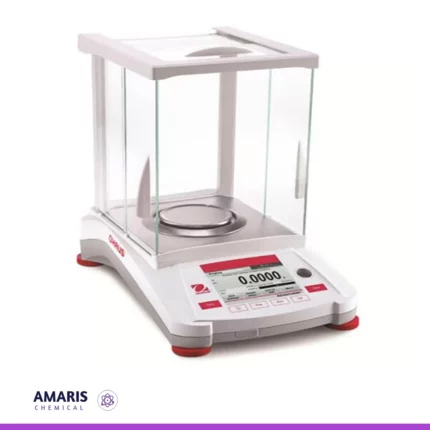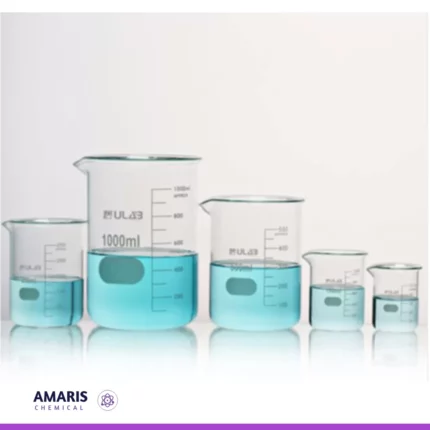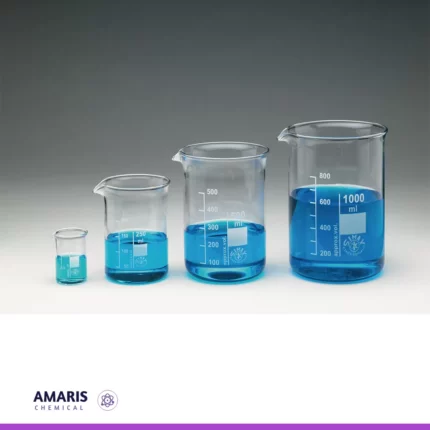
Ticker tape timer
$6,000.00 Original price was: $6,000.00.$5,500.00Current price is: $5,500.00.

Voltalic cell
$0.01
Vacuum and air pressure pump combined
Rated 5.00 out of 5 based on 1 customer rating
(1 customer review)
$8,500.00 Original price was: $8,500.00.$6,900.00Current price is: $6,900.00.
Whatsapp Order
Combining a vacuum pump with an air pressure pump in a laboratory setting can offer versatile control over atmospheric conditions within experimental setups. Here’s how they can be used together:
- Vacuum Pump: A vacuum pump removes air or gas molecules from a sealed chamber, creating a vacuum or low-pressure environment. This is useful for various laboratory applications such as:
- Removing air from containers or chambers to create a vacuum for experiments involving gases or vacuum-distillation techniques.
- Evacuating air from reaction vessels to prevent unwanted reactions with oxygen or moisture.
- Facilitating the transfer of liquids through vacuum filtration systems.
- Assisting in the operation of vacuum ovens or freeze dryers for sample preparation or preservation.
- Air Pressure Pump: An air pressure pump, also known as a compressor, increases the pressure of air or gas within a system. In a laboratory, it can be employed for tasks like:
- Supplying compressed air for pneumatic equipment or instruments requiring air-driven operation.
- Pressurizing reaction vessels or chambers for experiments requiring elevated pressures, such as high-pressure chemical synthesis or hydrothermal reactions.
- Generating pressure differentials for applications like air-powered suction or sample manipulation.
- Facilitating gas exchange in bioreactors or fermenters used for cell culture or microbial growth.
When combined, these pumps can be integrated into complex experimental setups where precise control over both vacuum and pressure conditions is necessary. For instance:
- In materials science, they might be used to manipulate the environment during thin-film deposition processes.
- In chemistry, they could be employed for vacuum distillation followed by pressurized reactions.
- In biology, they might facilitate the controlled atmosphere required for tissue culture or cell incubation experiments.
SKU:
ACS74899CHEM0
Category: LABORATORY EQUIPMENT & APPARATUS
Description
Vacuum and air pressure pump combined
- Gas Purging and Sample Handling:
- When dealing with sensitive samples, it’s crucial to maintain a controlled environment. The combination of vacuum and pressure pumps allows for precise control over the atmosphere within a chamber. For example, in gas chromatography, where precise gas flow and pressure are required for accurate analysis, this combination ensures optimal conditions.
- Hydrogenation Reactions:
- In organic chemistry, hydrogenation reactions often require both vacuum and pressure. Vacuum is used to remove air and moisture, which can interfere with the reaction, while pressure is applied to enhance the reaction rate and yield. The combined pumps facilitate these conditions, enabling efficient hydrogenation processes.
- Vacuum Distillation:
- Vacuum distillation is a technique used to lower the boiling point of a solvent by reducing the pressure above the liquid. By combining a vacuum pump to create low pressure with an air pressure pump to regulate the system, precise control over the distillation process can be achieved, leading to higher purity of the distillate.
- Thin Film Deposition:
- In materials science, thin film deposition techniques like physical vapor deposition (PVD) or chemical vapor deposition (CVD) often require controlled atmospheres. The combination of vacuum and pressure pumps enables the creation of specific gas environments conducive to deposition processes, ensuring uniform film growth and quality.
- Bioreactors and Fermentation:
- In biotechnology and microbiology, bioreactors and fermentation processes often require precise control over gas exchange and pressure conditions. The combined pumps can regulate the flow of gases into and out of the system, optimizing growth conditions for microorganisms and cell cultures.
- Vacuum Filtration:
- Vacuum filtration is commonly used in laboratories for separating solids from liquids. The vacuum pump creates suction to pull the liquid through a filter paper or membrane, while the air pressure pump can assist in maintaining consistent pressure levels for efficient filtration.
- Environmental Chambers:
- Environmental chambers simulate various environmental conditions for testing purposes. The combination of vacuum and pressure pumps allows researchers to create custom environments with controlled temperature, humidity, and gas composition, essential for studying the effects of different conditions on materials or biological sample
Reviews (1)
1 review for Vacuum and air pressure pump combined
Add a review Cancel reply
Related products
Aspirator Bottle Glass
A laboratory aspirator glass bottle, also known as a vacuum aspirator bottle or a vacuum filtration flask, is a specialized glass container used in scientific laboratories for various applications. It is designed to create a vacuum or negative pressure, which allows the filtration of liquids through a porous medium like a filter paper or a membrane.
The bottle typically has a conical or pear-shaped body with a sidearm or neck near the top. This neck is where a rubber or silicone stopper is inserted, allowing for the attachment of tubing or a hose to connect to a vacuum source or water aspirator. (Available in 2.5l,5l,10l,)
Laboratory aspirator glass bottles are commonly used in vacuum filtration processes to separate a solid precipitate from a liquid solution. When connected to a vacuum source, the air inside the bottle is removed, creating a pressure difference that draws the liquid through the filter, leaving the solid behind on the filter paper.
These bottles come in various sizes to accommodate different filtration needs and are an essential tool in many research, analytical, and quality control laboratories for tasks like separating particulate matter, sterilizing solutions, and performing various filtration techniques. They are often made of durable borosilicate glass to withstand the pressure changes and chemical interactions that may occur during laboratory operations.
Barometer tubes
$0.01
A barometer tube is a slender, sealed, and typically transparent tube used in barometers to measure atmospheric pressure. It is usually filled with a liquid, often mercury, but sometimes water or another fluid, which rises or falls within the tube in response to changes in atmospheric pressure. The height of the liquid column in the tube serves as an indicator of the current atmospheric pressure, with higher pressure causing the liquid to fall and lower pressure causing it to rise. This measurement helps in predicting weather changes and understanding atmospheric conditions.
beaker hysil
$0.01
A glass beaker is a cylindrical, open-top container made of glass, typically with graduated volume markings on its side. It is commonly used in laboratories for holding, mixing, and heating liquids, as well as for performing various experiments and chemical reactions. Glass beakers come in various sizes and are designed to provide easy observation of the contents and to withstand temperature changes without significant deformation or chemical interaction with the substances being used.
Beaker Simax
$0.01
A glass beaker is a cylindrical, open-top container made of glass, typically with graduated volume markings on its side. It is commonly used in laboratories for holding, mixing, and heating liquids, as well as for performing various experiments and chemical reactions. Glass beakers come in various sizes and are designed to provide easy observation of the contents and to withstand temperature changes without significant deformation or chemical interaction with the substances being used.



 LABORATORY EQUIPMENT & APPARATUS
LABORATORY EQUIPMENT & APPARATUS
 Fertilizers
Fertilizers Plant Growth Regulators
Plant Growth Regulators Soil Conditioners
Soil Conditioners Animal Feed Additives
Animal Feed Additives Biostimulants
Biostimulants Dough Conditioners
Dough Conditioners Flour Treatments
Flour Treatments Fat Replacers
Fat Replacers Preservatives (baking)
Preservatives (baking)
 Surfactants (cleaning)
Surfactants (cleaning) Builders
Builders Bleaching Agents
Bleaching Agents Enzymes
Enzymes Solvents (cleaning)
Solvents (cleaning) Fragrances
Fragrances




















Shemomo –
Highly versatile.